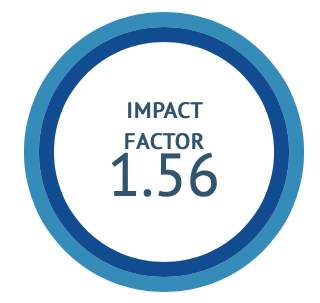A Comparative Study of Triphala Ghrita Pana and Tarpana in Medashrita Patalagata Dushti w.s.r. to Vitreous Opacity (Asteroid Hyalosis)
DOI:
https://doi.org/10.47552/ijam.v16i1.5130Keywords:
Triphala Ghrita Pana, Netra Tarpana, Medashrita Patalagata Dushti, Vitreous Opacity, Key words: Medashrita Patala, Vitreous opacity (Asteroid hyalosis), Netra Tarpana, Ayurvedic OphthalmologyAbstract
Background: Medashrita Patalagata Dushti, as referenced in Ayurveda, correlates with vitreous opacity (Asteroid Hyalosis) in modern ophthalmology. This condition results in floaters and visual disturbances. Triphala Ghrita Pana and Netra Tarpana have been traditionally indicated for ocular disorders, but their efficacy in managing vitreous opacity remains underexplored. Aims and Objectives: To assess the effectiveness of Triphala Ghrita Pana and Netra Tarpana in managing Medashrita Patalagata Dushti (Vitreous Opacity/Asteroid Hyalosis) by evaluating their impact on distant visual acuity, pinhole vision, and fundus examination over a 45-day period. Methods: This open-label, randomized controlled clinical study included 60 patients with vitreous opacity. Group 1 received Triphala Ghrita Pana (10g daily, empty stomach) along with Netra Tarpana (three sittings of 10 minutes each at seven-day intervals for 45 days), while Group 2 received only Triphala Ghrita Pana (10g daily, empty stomach) for 45 days. Primary outcomes measured changes in distant visual acuity, pinhole vision, and fundus examination at baseline, 15, 30, and 45 days using paired t-tests and ANOVA. Results: Both groups showed significant improvement in distant visual acuity and pinhole vision (p < 0.05). However, no significant changes were observed in near vision, colour vision, foveal reflex, or macular and optic disc clarity. No statistically significant difference was noted between the two groups. Conclusion: Triphala Ghrita Pana improved distant visual acuity and pinhole vision in vitreous opacity, but Netra Tarpana did not provide additional benefit. Further studies with larger sample sizes and extended assessment parameters are recommended to confirm these findings.
Downloads
Published
How to Cite
Issue
Section
License
Copyright (c) 2025 International Journal of Ayurvedic Medicine

This work is licensed under a Creative Commons Attribution-NonCommercial-ShareAlike 4.0 International License.
The author hereby transfers, assigns, or conveys all copyright ownership to the International Journal of Ayurvedic Medicine (IJAM). By this transfer, the article becomes the property of the IJAM and may not be published elsewhere without written permission from the IJAM.
This transfer of copyright also implies transfer of rights for printed, electronic, microfilm, and facsimile publication. No royalty or other monetary compensation will be received for transferring the copyright of the article to the IJAM.
The IJAM, in turn, grants each author the right to republish the article in any book for which he or she is the author or editor, without paying royalties to the IJAM, subject to the express conditions that (a) the author notify IJAM in advance in writing of this republication and (b) a credit line attributes the original publication to IJAM.




